Ask Ethan: How Will Our Universe End?
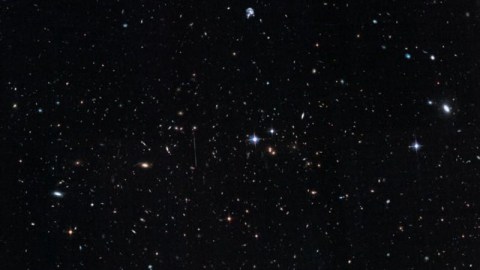
In the far future, the last star burns out, stellar corpses get violently ejected, and galaxies accelerate away. And then the fun begins.
For centuries, the biggest questions about our Universe were philosophical ones. Where we came from, how we got to be here, and where we were headed in the future were questions for poet and theologians; science had no answers for the greatest cosmic mysteries of all. Over the past 100 years, all of this has changed. We know what makes up the Universe and how it came to be this way. We know about the Big Bang and have solid physical theories for what set it up. And we know about dark energy and cosmic accelerations, which determines our eventual fate. But what happens when we get there? That’s what Bill Mansley wants to know, as he asks:
When will our universe reach the point of maximum entropy? And what other possibilities exist for our universe in the far future?
To figure this out, let’s start with where we are today, and then let’s see what happens under the laws of physics, as we know them, as we run the clock forward into the future.

Our observable Universe is filled with approximately 2 trillion galaxies, occupying a region of space that we can access for about 46 billion light years in all directions. After nearly 14 billion years of cosmic evolution, practically every galaxy is filled with tremendous amounts of heavy elements, capable of forming rocky planets, organic molecules, and the building blocks of life with each new star that forms. Our own Milky Way, alone, contains around 400 billion stars, and we’re bound together in our local group of galaxies. In between groups and clusters of galaxies is the expanding fabric of empty space, dominated by dark energy: an energy inherent to space itself. Over time, however, everything that binds the Universe together will decay away.

First comes the gas, essential for newly-forming stars. As gravitational interactions take place, both within galaxies and between disconnected galaxies, gas clouds collapse into nebulae, which give rise to new star formation. The largest a star-forming region can be is the size of an entire galaxy: a starburst galaxy. This will happen to us about four billion years in the future, when we merge with Andromeda. What remains will be an enormous elliptical galaxy — Milkdromeda — that contains an enormous number of new stars, but that has hardly any gas left. As it stands, star formation hit a peak in the Universe about 10–11 billion years ago, and has been declining ever since. While the occasional gas cloud or stellar remnant will remain, giving the Universe new chances for stars, planets, and life, this is already heavily on the decline even today.
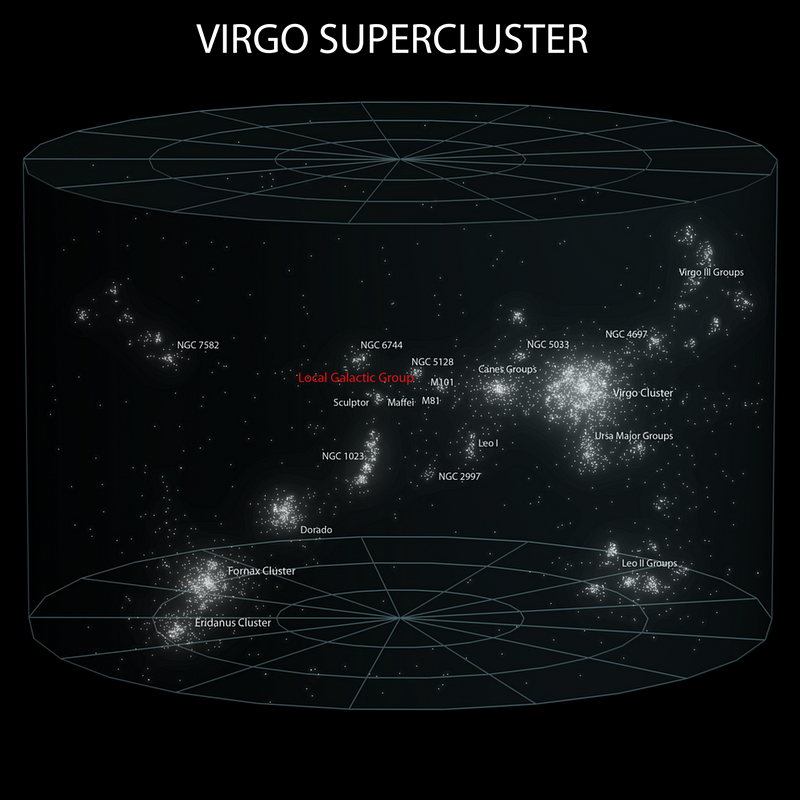
Every galaxy that’s a part of a bound structure, like the 60-or-so galaxies in our local group, or the ~1,000 or so galaxies in the Virgo cluster, will remain bound together. Gravitation, in regions spanning millions of light years across, has managed to overcome the expansion of the Universe. However, some 6 billion years ago, dark energy came to dominate the expansion rate of the Universe. Any structures that weren’t already gravitationally bound when that transition occurred will never become so, and instead they’ll expand away from all the other structures. The galaxies in our local group will remain bound to us, eventually merging together into one enormous one, while all the other galaxies accelerate away. By time one or two hundred billion years go by, Milkdromeda will be the only galaxy visible in the entire Universe to us.
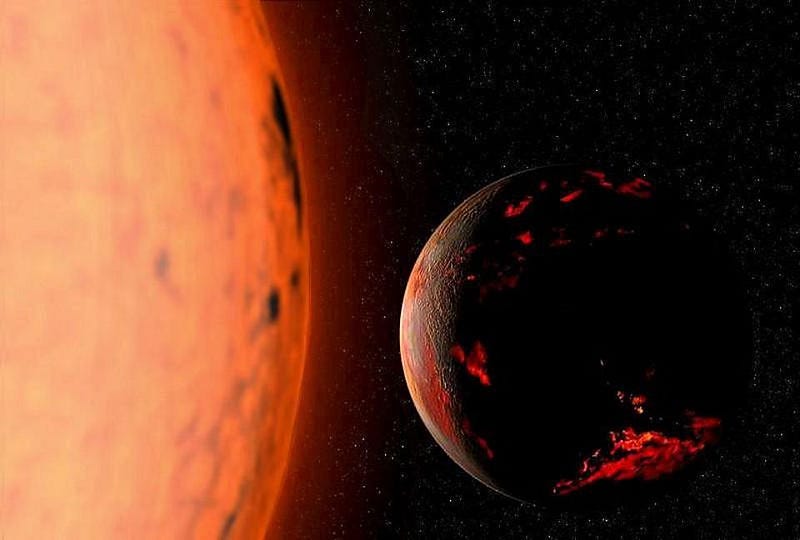
The stars themselves, however, will continue to burn for a long time. The Universe is already 14 billion years old, but the longest-lived stars today — the low-mass red dwarfs — will continue burning through their fuel extremely slowly: for perhaps more than 100 trillion years. After that, they’ll cool and contract, becoming white dwarfs and eventually going dark, a process that may take upwards of a quadrillion (10¹⁵) years. Even at that, there will still be new chances for flashes, flares, and other forms of illumination in the Universe. Brown dwarfs, which themselves are failed stars, will eventually collide-and-merge with one another, giving rise to new stars if they cross that threshold. Neutron star or white dwarf mergers will create a brief burst of energy. Amidst a dark cosmic backdrop, the occasional new light source will still emerge in our galactic remnant.
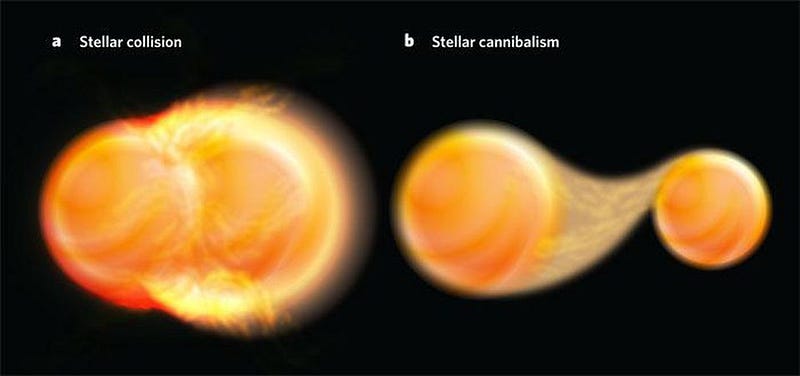
But after about 10¹⁷ years — about a million times the present age of the Universe — something starts forcing our galaxy itself to decay. The corpses flying through the galaxy, including black holes, neutron stars, black dwarfs, and rogue asteroids, comets and planets, start gravitationally interacting with one another. Given enough time, two objects will randomly pass close by one another. When they do this in the interior of the galaxy, what typically happens is that one of them becomes more tightly bound to the galaxy overall, while the other one gets a gravitational “kick,” potentially ejecting it into the abyss of intergalactic space. Most stellar remnants will be ejected from the galaxy in this fashion, but a small percentage (<1%) of them will collide-and-merge with another, creating a brief flash of light.
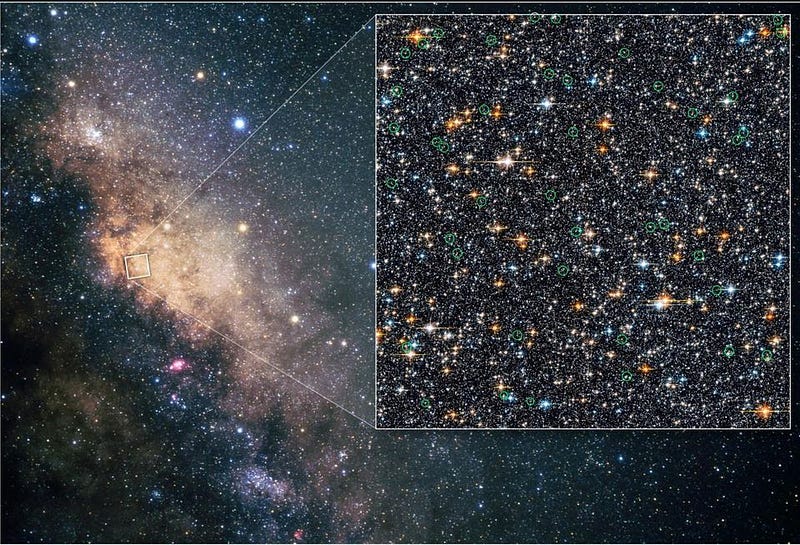
By time the Universe is around 10²³ years old, that process should be pretty much complete. Whatever stable bodies remain in the galaxy, which will likely be just a few solar system remnants and black holes, will now see their orbits begin gravitationally decaying. The same process of gravitational radiation that drives the inspirals of black hole and neutron star binaries today will eventually cause all orbital motions to decay away. For our Earth around the Sun (or whatever’s left of it), it will take somewhere in the ballpark of 10³⁰ years for us to spiral into the central mass of our Solar System. Over enough time, everything will either collapse into a leftover mass or get ejected so that it’s all by its lonesome in the abyss of empty space.
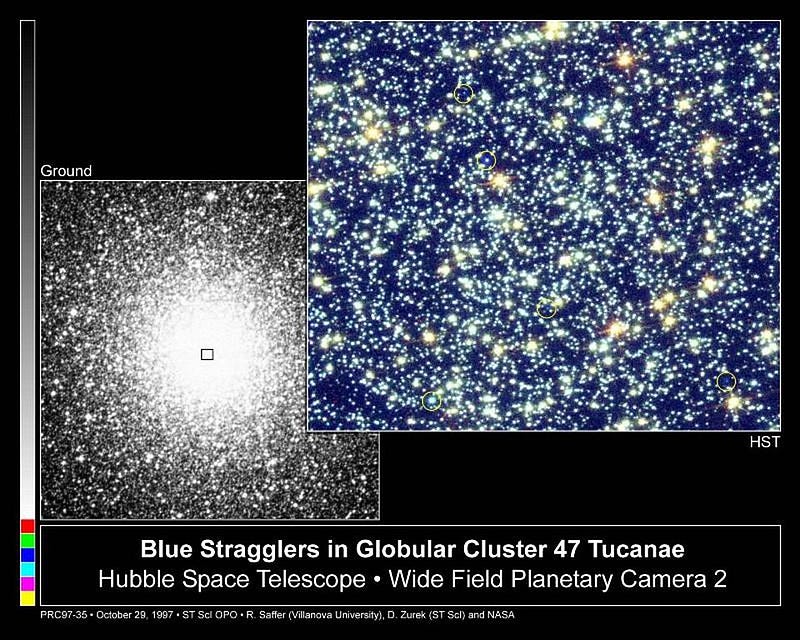
For a very, very long time, pretty much nothing else happens, except for the stragglers that haven’t yet:
- been ejected from their galaxy,
- collided with another object,
- or merged into the supermassive black hole in their galaxy’s center.
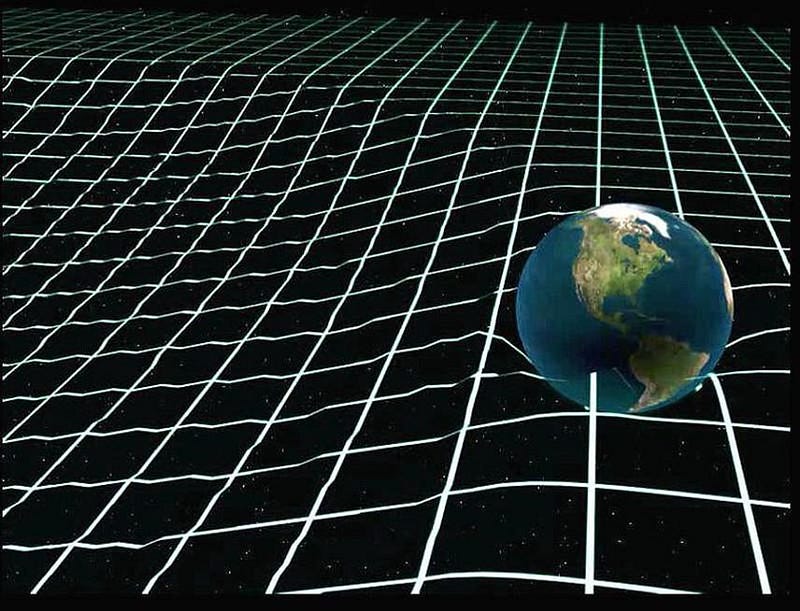
Those events may still happen, but they become rarer and rarer as there becomes less and less remaining in the Universe. And then, after around 10⁶⁸ years, the lowest-mass black holes finally begin decaying away completely due to Hawking radiation.
As they evaporate, all of their mass gets converted into pure blackbody radiation, favoring neither matter nor antimatter over another. Somehow, we suspect, the particles that went into making these black holes (along with their baryon and lepton number) no longer matter; the outgoing radiation has lost the information that matter once dominated over antimatter in our Universe. The more massive a black hole is, the longer it takes to evaporate. At long last, after approximately 10¹²⁰ years, the heaviest-mass black holes in the Universe finally complete their evaporation process.
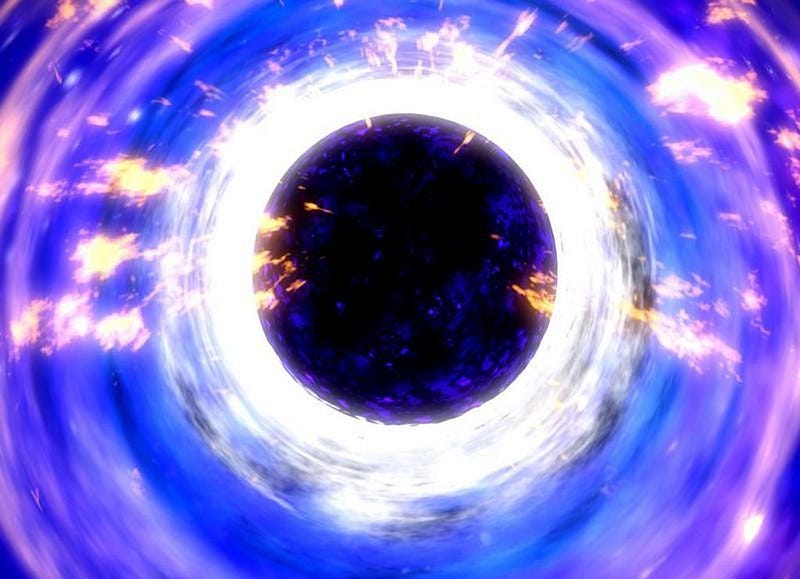
The Universe, now, is cold, empty, and devoid of bound structures. All that remains are planetary and stellar corpses, hurtling by their lonesome through this incalculably large abyss of empty, galaxy-less space. There will possibly be isolated dark matter halos that remain, black dwarfs, and the radiation that once emerged from black holes, but it will be so sparse that even if you traveled at near-light speed for the entire age of the Universe, you’d be extraordinarily unlikely to run into anything else. Everything will be cooled down to as close to absolute zero as the laws of quantum physics allow, and that is the state of maximum entropy of the Universe. We will, at long last, have achieved our “heat death,” as there’s no longer any available energy capable of doing work.

The only ways out are if dark energy is something other than a cosmological constant, if black holes actually turn out to be a gateway to another Universe, or there’s new, undiscovered physics that will change this seemingly-inevitable fate. Dark energy could increase with time, leading to a big rip, a new inflationary state followed by a big bang, or a potentially rejuvenated Universe. Falling into a black hole may be a pathway to a new Universe and a new Big Bang, potentially with fewer spatial dimensions than the three we’re used to. Or new physics, as Isaac Asimov once speculated, might lead the arrow of entropy — the thermodynamic arrow of time — to reverse itself.
But all of that is speculation, and based in physics that we don’t currently accept. If we take the laws of physics and the rules of the Universe at face value, the slow, gradual death of everything in the Universe is our ultimate fate. If we were born just a few hundred billion years later, we might never have known the cosmic story that led us towards this inevitable end.
Send in your Ask Ethan questions to startswithabang at gmail dot com!
Ethan Siegel is the author of Beyond the Galaxy and Treknology. You can pre-order his third book, currently in development: the Encyclopaedia Cosmologica.




